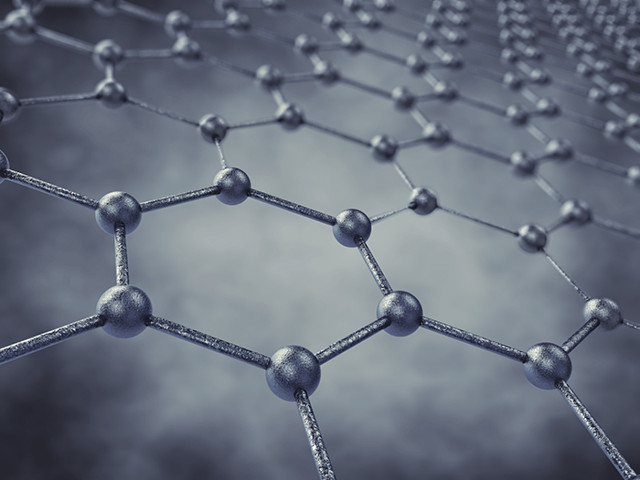What Is Graphene? 5 Incredible Facts About The 'Miracle Material' You Need To Know

The extraordinary features and benefits of graphene make it sound like it was taken out of a comic book (see: adamantium, vibranium), but while the super material could change our world as we know it, graphene must overcome several obstacles related to viability before it’s ready for mass usage.
“Graphene is a complicated technology to deliver,” Quentin Tannock, chairman of UK research firm Cambridge Intellectual Property, told The Wall Street Journal. “The race to find value is more of a marathon than a sprint.”
It may be awhile until graphene is readily available to the public -- the material was finally isolated only a decade ago -- but scientific interest in graphene has exploded, leading to a “land rush of patents” filed by companies like Apple, IBM, Saab and Lockheed Martin. Here are five facts about graphene that may explain all the fuss about the so-called “miracle material.”
1. It's super strong. Graphene is the thinnest material known to mankind, but it is also incredibly strong -- about 200 times stronger than steel. And yet, graphene can be made from graphite, also known as ordinary pencil lead.
2. It's super thin. Described as a “one-atom thick layer of the layered mineral graphite,” graphene only has two dimensions, making it the thinnest but strongest material ever created. Researchers from Columbia University said it would take an elephant balanced on a pencil to puncture a graphene sheet with the same thickness as Saran Wrap (~12.7 microns, which is about one-half of one-thousandth of an inch).
3. It's silicon 2.0. Graphene is an excellent conductor of heat and electricity like silicon, but unlike silicon, graphene is not brittle, highly flexible, and conducts electricity much more efficiently.
4. It's expensive. Although graphene can be derived from pencil lead, the material is actually very expensive. Some U.S. vendors sell a layer of graphene on copper foil for roughly $60 per square inch. Many companies insist graphene needs to cost around $1 per square inch to be used for tech applications like transistors, and less than 10 cents an inch to be applied to touch-screen displays.
5. It's versatile. Graphene is one of the most diverse materials known to mankind, given how many of its properties are only exploited when graphene is combined with other elements, including gases, metals, and sources of carbon. In 2011, Rice University’s Dr. Tour showed how graphene can be synthesized from unique carbon sources including Girl Scout cookies, cockroach legs, and grass.
Researchers from companies big and small continue to investigate and patent graphene to learn its properties and applications. Graphene is currently being tested to be used as ink, transistors, airplane wings, computer chips, batteries, flexible touch screens, anti-rust coatings, tires, DNA-sequencing devices, headphones, saltwater filters, tennis rackets, antennas, solar cells, paint, windows, and even living tissue applications such as bionic limbs. But before any of these applications are ready for primetime, researchers will need to address the study from Brown University that says graphene exhibits toxic qualities towards humans.
© Copyright IBTimes 2024. All rights reserved.






















